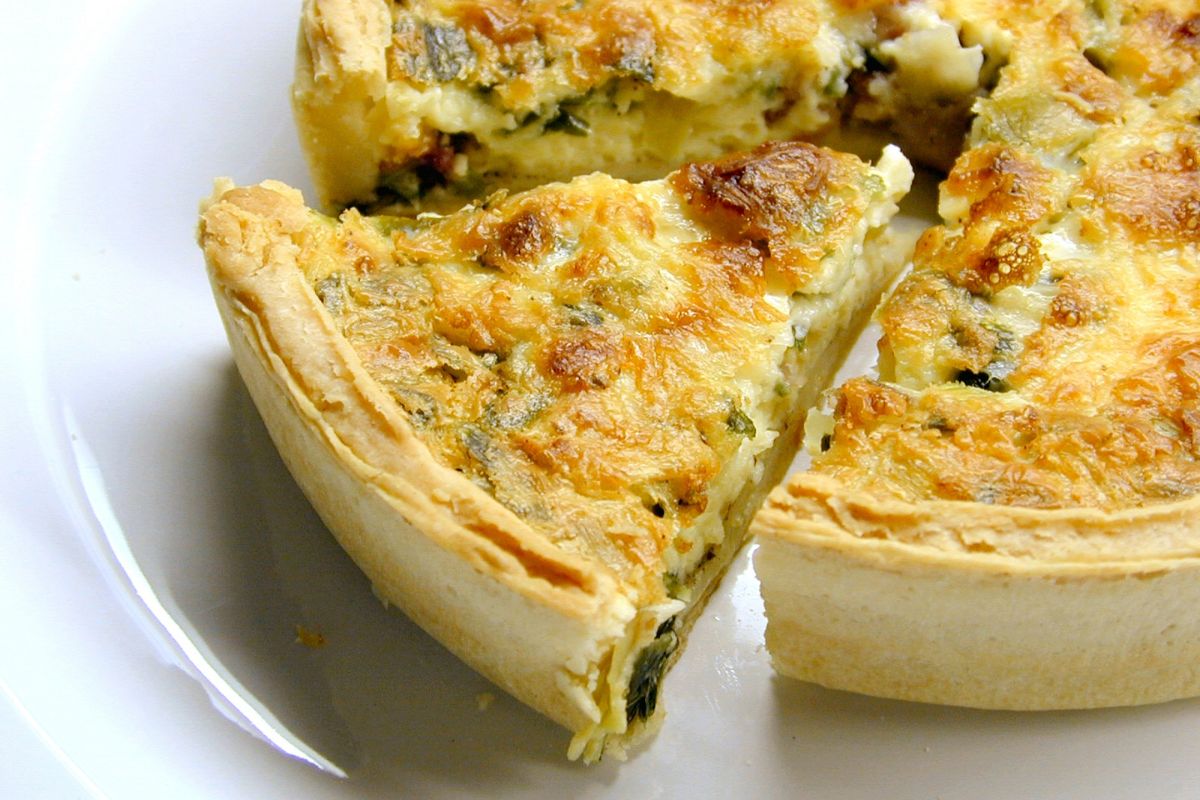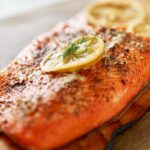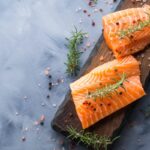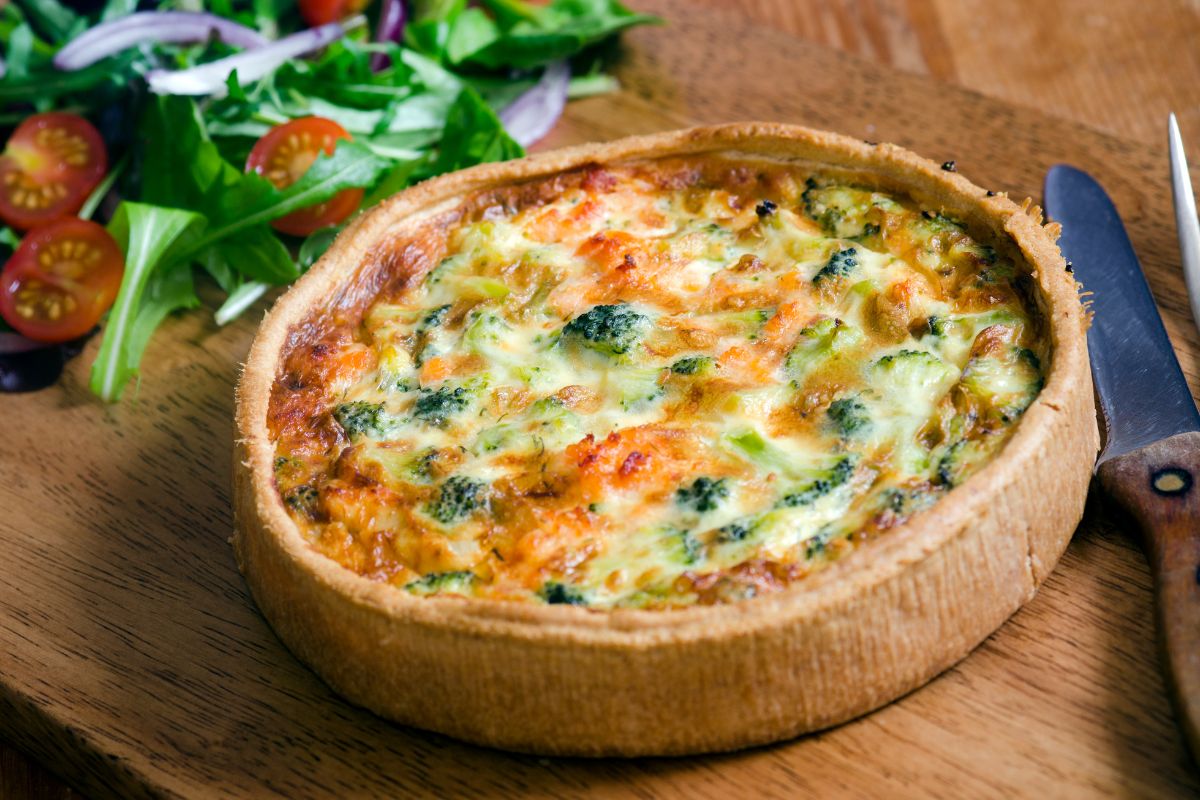Who doesn’t love a good shrimp dish? That crunchy, yet somehow soft texture as you bite into them. The combination of sweet and umami flavor as it sits in your mouth. There’s nothing like them.
Well, except for perhaps crab and/or lobster, but you get the point. You’re certainly not finding a salmon fillet that’s going to hit like a prime shrimp, are you?
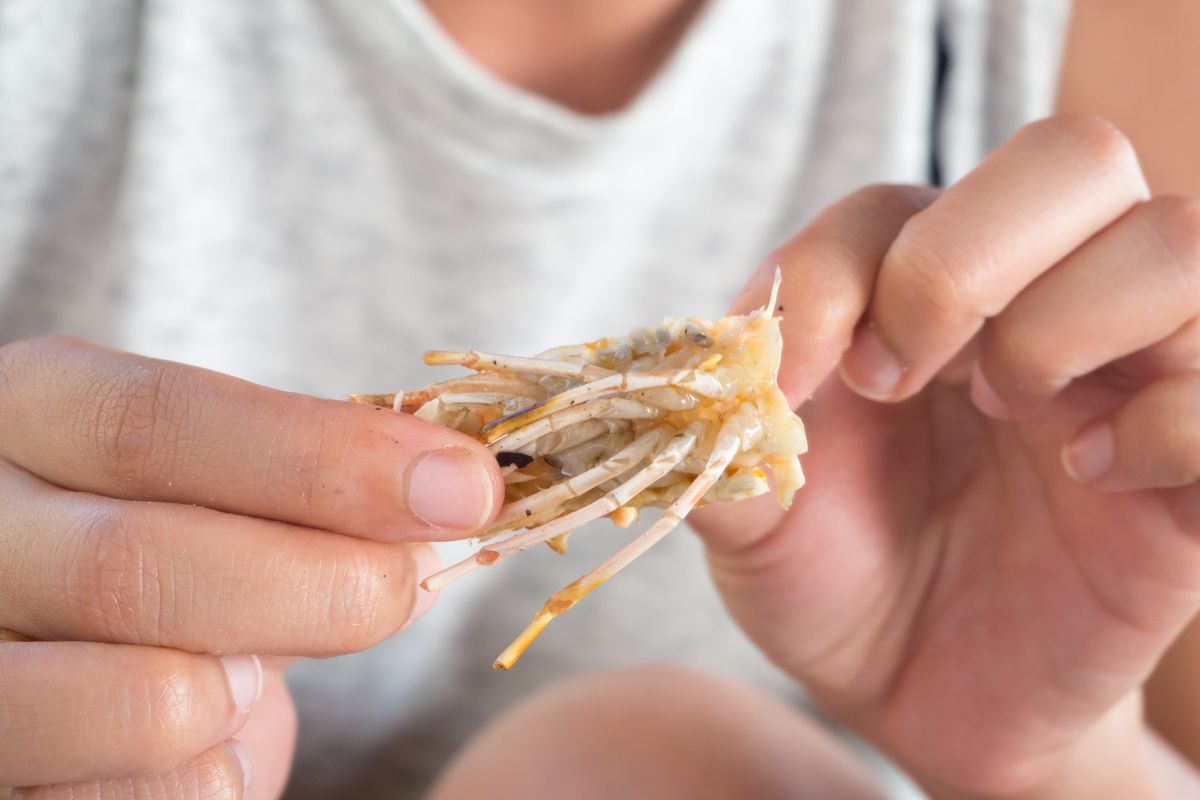
However, some parts of the shrimp are tastier than others. We all know someone who takes off pretty much every part of a shrimp when eating them.
The head is fair enough, but what about the other parts of a shrimp? The legs, the shell, the tails. Are they necessary to take off cooked shrimp? Are they edible in themselves?
If you’ve asked these questions before, don’t worry, friend. We’ve got your answers right here!
If you’re looking for the TLDR of it all, the answer is yes. Shrimp tails are perfectly safe to eat. We would even encourage eating them next time you’ve got them on a grill!
If you want to learn why they’re so edible, you’ll have to read on and find out for yourself!
Are Shrimp Tails Edible?
So, we should probably clarify the main point that we made in the intro.
Yes, shrimp tails are indeed edible and perfectly safe for people to eat. But that might not sound like what you’ve heard.
You may have been told, whether as a child or an adult, that shrimp tails and shrimp shells were unsafe to eat, or got stuck in your gut. What is that all about?
What Are Shrimp Tails/Shells Made From?
First, let’s break down what exactly shrimp tails are made from so that we might know what breaks them down in your digestive system.
The shell of shrimp, like pretty much all other crustaceans, insects, and other arthropods, is made from chitin, a tough organic compound that forms the hard shells of pretty much every insect species and related animal in the world.
It’s tough, yet still flexible, to allow animals and other organisms to move around without much issue.
Heck, even fungi use chitin in their cell walls to reinforce them. It might be the most abundant polymer on the planet!
Why Did We Think It Was Dangerous?
So, if it is such a commonly occurring compound in nature, why exactly did we use to think that it was dangerous for humans to eat?
Well, generally speaking, it is a tough material, especially when compared to the skin of many other animals, like our own. We used to think that chitin was indigestible to humans, given its tough, almost cartilaginous texture.
Plus, there is always the threat of a choking hazard. It’s not uncommon for large parts of the shell to get stuck in a person’s esophagus, triggering a choking reflect.
So a little caution isn’t unwarranted when it comes to shrimp tails, especially around kids.
Why Shrimp Tails Are Safe To Eat
So, what changed exactly changed then? When did we realize that shrimp tails, and the chitin inside them, weren’t dangerous to people?
Well, in recent years, we discovered that there is an enzyme in the human gut that is known as chitinase, which breaks down the glycosidic bonds that hold chitin together, as well as a ton of related proteins and organic compounds.
When chitin is found in the gut or elsewhere in the body, these proteins trigger an immune response, helping break down the chitin into its base components, and virtually harmless.
Plus, chitin only makes u around 10 to 12% of a shrimp’s tail too, so it’s not even the main part of their shell or outer body!
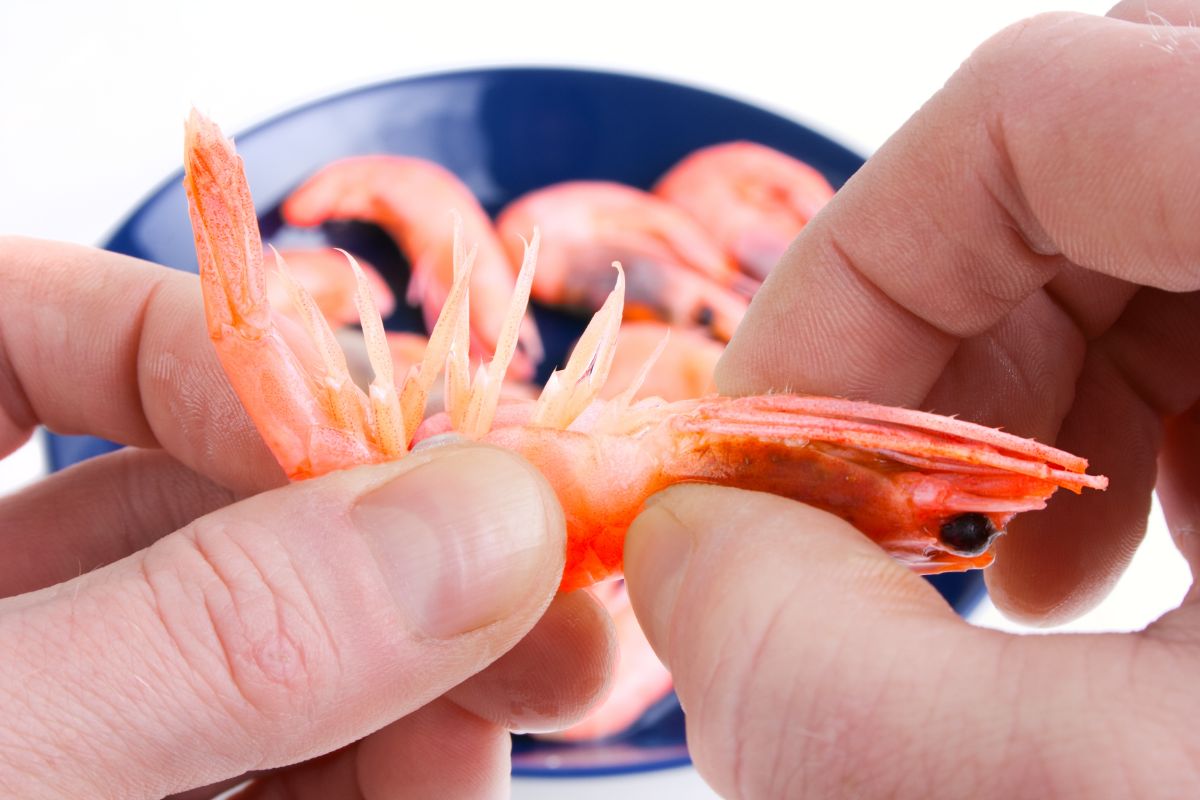
Health Benefits Of Shrimp Tails
So, we’ve established that shrimp tails are safe to eat. But what if we told you that not only is it okay to eat them, but they’re good for you?
High In Protein
We all know that shrimp are high in protein. It’s why they’re almost always featured food in many dieting plans, and what we tell kids to eat when they’re young and don’t like eating new foods.
So, is it a surprise that the tails of shrimp are also full of protein?
Rich in not just protein, but also omega-3 fatty acids, as well as vitamin b12 and selenium. Not only are these nutrients excellent for helping your body repair any damage it takes, but they’re also great at promoting good gut health.
It’s kind of weird that shrimp tails have gone from things that shouldn’t sit in your gut, to food that absolutely should. But here we are!
Low In Unhealthy Nutrients
Of course, shrimp and shrimp tails aren’t the only foods that are high in protein and other nutrients. Plenty of red meats are just as full of these good minerals for the body.
However, what shrimp tails have over steak is their low cholesterol and saturated fats, two things that often make people think twice before eating a good steak.
Final Notes
So, there you have it. Shrimp is not only fine to eat with their tails still attached, but bring out tons of healthy parts to them too, turning these less savory parts of a shrimp into something that almost seems like a waste to throw away now!
In the end, shrimp tails are probably going to be another love-or-hate thing when it comes to food. Like putting cream or jelly on an English scone or biscuit, or enjoying olives with or without their stones.
However, we’ll certainly be considering these tasty little treats in the next shrimp meal we cook, that’s for sure!
That being said, shrimp tails are still a tough little piece of food to eat, especially if you’re a child or otherwise struggle with solid foods, so make sure that you give your shrimp tails a thorough chewing before swallowing.
Frequently Asked Questions
You may have heard that wild-caught shrimp can sometimes contain parasites, but this isn’t something that you need to worry about.
So long as you’re getting your shrimp from a reputable source, your shrimp will remain parasite-free, and fine to eat!
We would serve shrimp tail with a light crunchy salad, and with a dash of lemon or lime juice.
All this talk of shrimp tails being fine and healthy to eat might prompt some intrepid cooks out there to wonder if they should keep the
We would recommend keeping the shrimp body inside of the tail and shell while it is cooking.
Aside from making shrimp tails that much more appetizing, you’ll also find that the tail helps keep the natural moisture of a shrimp inside the meat, making it even juicier and tastier to bite into!
- How To Reheat A Cheesesteak - November 5, 2023
- What Are Three Must Have Kitchen Knives? - September 22, 2023
- How To Protect Edges Of Pie Crust - June 15, 2023

